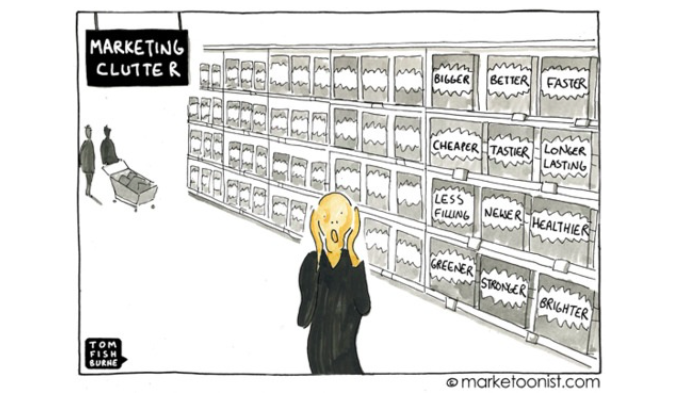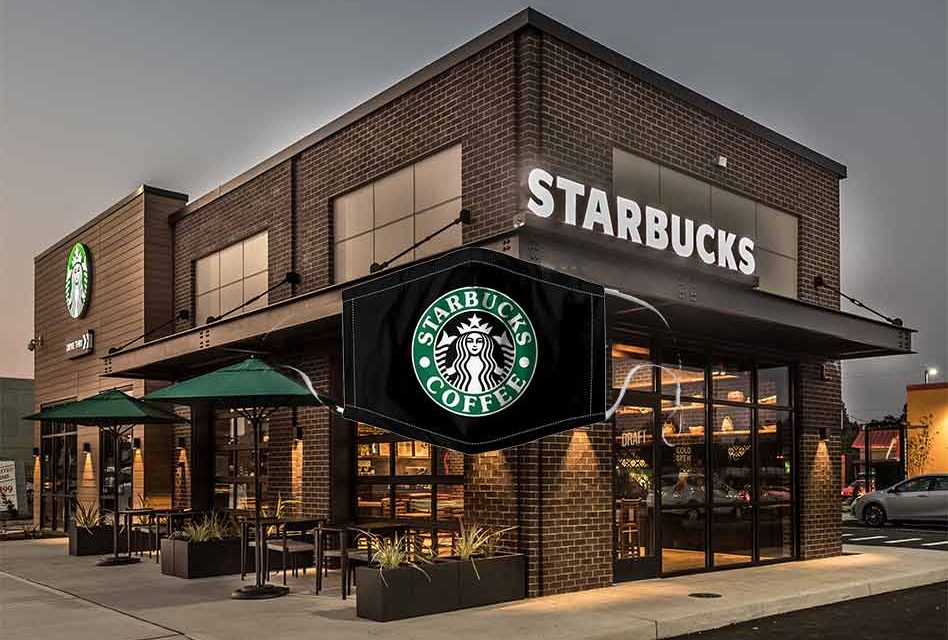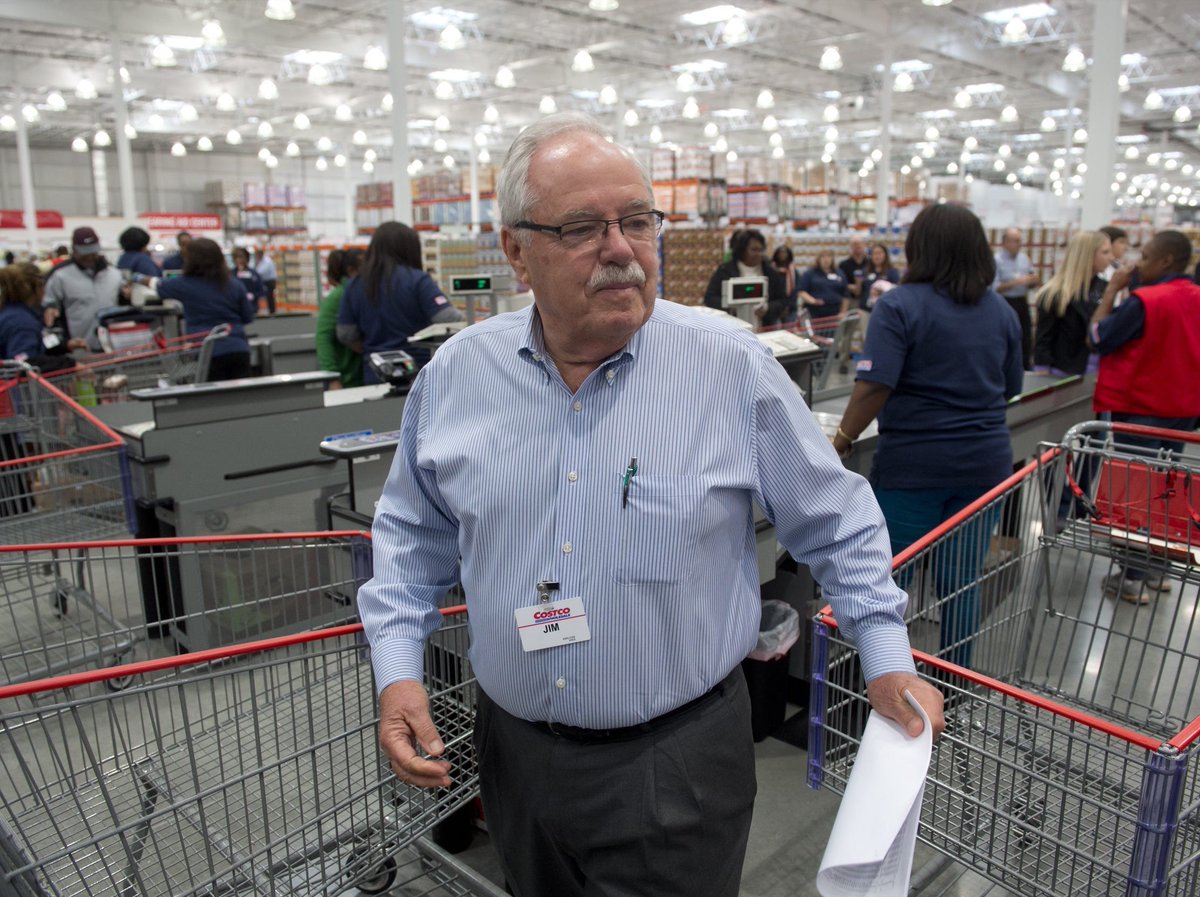
In 2003, Eduardo Saverin gave Zuckerberg $15k for a 30% stake in a startup.
That startup is now called Meta. While Saverin was diluted, he is still worth $18B (that 12,000x return is the best investment ever).
LESSON: If your college buddies want to bum money, give it to them.
That startup is now called Meta. While Saverin was diluted, he is still worth $18B (that 12,000x return is the best investment ever).
LESSON: If your college buddies want to bum money, give it to them.
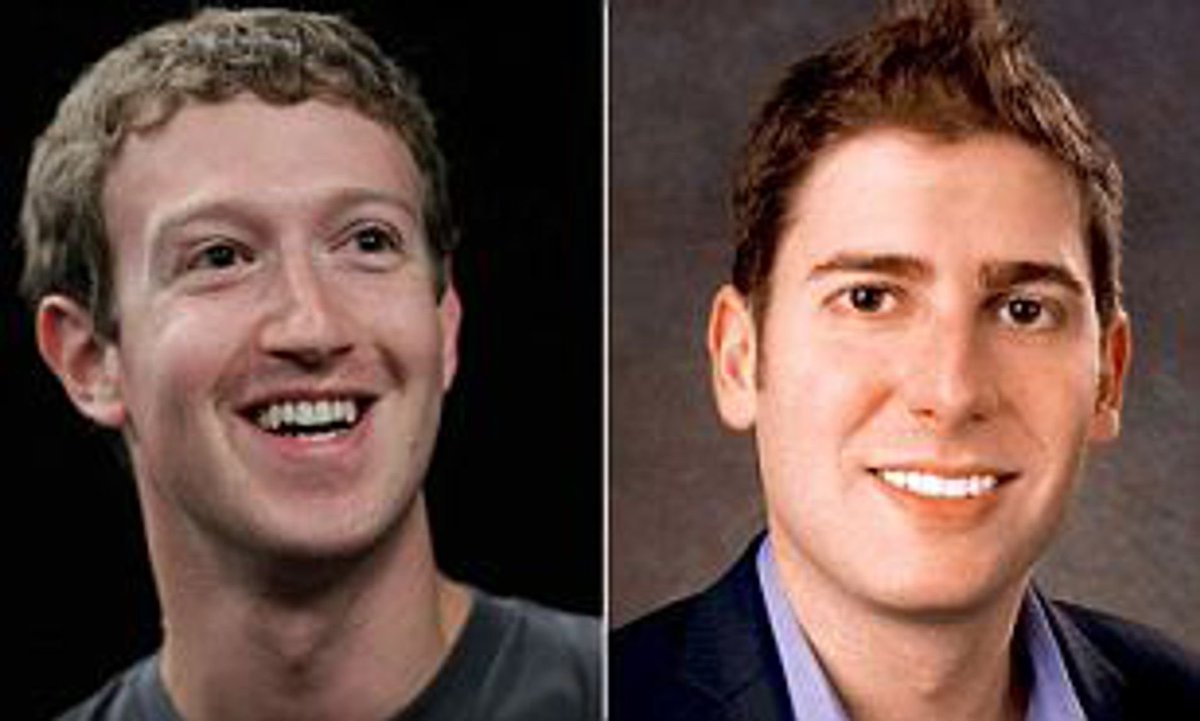
The OG deal: 30% in exchange for 15k into a bank account to pay for “servers”.
Zuck teamed with Saverin cause his family had money (per Zuck: “apparently insider trading isn’t illegal in Brazil.”
businessinsider.com/how-mark-zucke…
Zuck teamed with Saverin cause his family had money (per Zuck: “apparently insider trading isn’t illegal in Brazil.”
businessinsider.com/how-mark-zucke…
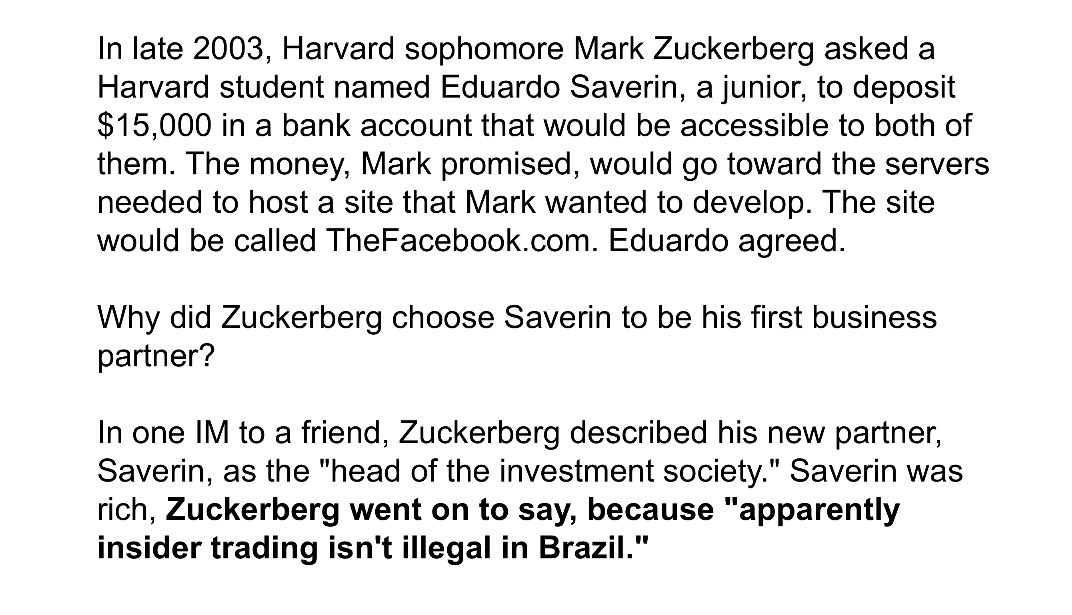
Other interesting detail, the company was originally incorporated in Florida (Saverin family lived in Miami).
Re-incorporating in Delaware is part of how Zuck diluted Saverin below 10% (plot of “The Social Network”)

Re-incorporating in Delaware is part of how Zuck diluted Saverin below 10% (plot of “The Social Network”)


Anyways, follow @TrungTPhan for more random business history
https://twitter.com/trungtphan/status/1416416608990294017
• • •
Missing some Tweet in this thread? You can try to
force a refresh



